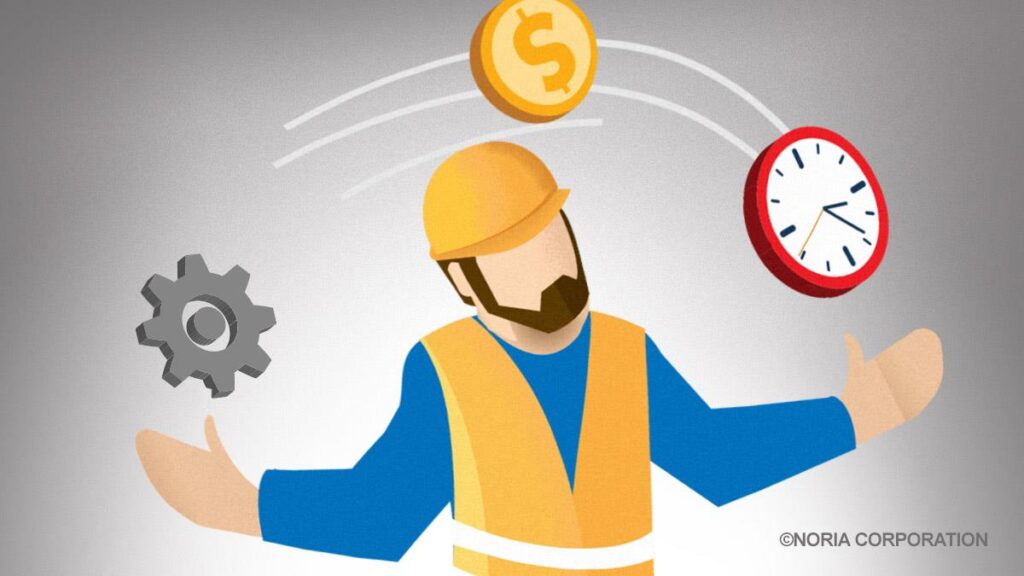LEGAL ISSUES SURROUNDING MAINTENANCE AND REPAIR OF PLANT AND MACHINERY
Introduction
Maintenance and repair of plant and machinery are essential aspects of ensuring their optimal performance, longevity, and safety. However, these activities are not without their legal implications. Various laws, regulations, and standards govern the maintenance and repair of plant and machinery to protect workers, the environment, and the overall integrity of the equipment. In this article, we will explore some of the key legal issues surrounding the maintenance and repair of plant and machinery.
- Occupational Health and Safety Regulations
One of the primary legal considerations in maintenance and repair activities is compliance with occupational health and safety (OHS) regulations. These regulations vary from country to country but generally aim to provide a safe working environment for employees. Maintenance and repair procedures must adhere to OHS standards to minimize the risk of accidents, injuries, or fatalities. Employers are typically required to conduct risk assessments, provide adequate training, and implement safety protocols to ensure workers’ safety during maintenance and repair tasks.
- Equipment Manufacturer’s Guidelines
Maintenance and repair activities should align with the guidelines and recommendations provided by the equipment manufacturer. These guidelines often outline the specific maintenance procedures, recommended intervals, and safety precautions necessary for maintaining the equipment’s warranty and optimal performance. Failure to adhere to these guidelines may void warranties and potentially expose the organization to legal consequences in case of equipment failure or accidents.
- Compliance with Environmental Regulations
Maintenance and repair of plant and machinery can involve the use of hazardous materials, such as lubricants, solvents, and chemicals. Proper handling, storage, and disposal of these substances are critical to prevent environmental contamination. Organizations must comply with relevant environmental regulations regarding the storage, use, and disposal of hazardous substances. Failure to do so may lead to penalties, fines, or legal liabilities in the event of environmental damage.
- Intellectual Property Rights
In some cases, maintenance and repair activities may involve accessing proprietary information, technical drawings, or software embedded in the equipment. It is crucial to respect intellectual property rights and confidentiality agreements during these processes. Unauthorized use, duplication, or distribution of proprietary information can lead to legal disputes and potential damages.
- Contractual Agreements
Many maintenance and repair activities involve third-party contractors or service providers. It is essential to have well-defined contractual agreements that outline the responsibilities, liabilities, and terms of engagement between the parties involved. Clear agreements help mitigate potential conflicts, ensure compliance with legal requirements, and establish accountability for any damages or injuries that may arise during maintenance and repair work.
Conclusion
The maintenance and repair of plant and machinery are subject to various legal considerations that aim to protect the well-being of workers, maintain environmental standards, and safeguard intellectual property rights. Compliance with occupational health and safety regulations, manufacturer guidelines, environmental regulations, and contractual agreements is crucial for organizations. By prioritizing legal compliance, organizations can mitigate risks, maintain operational efficiency, and avoid potential legal disputes or financial penalties associated with improper maintenance and repair practices.


